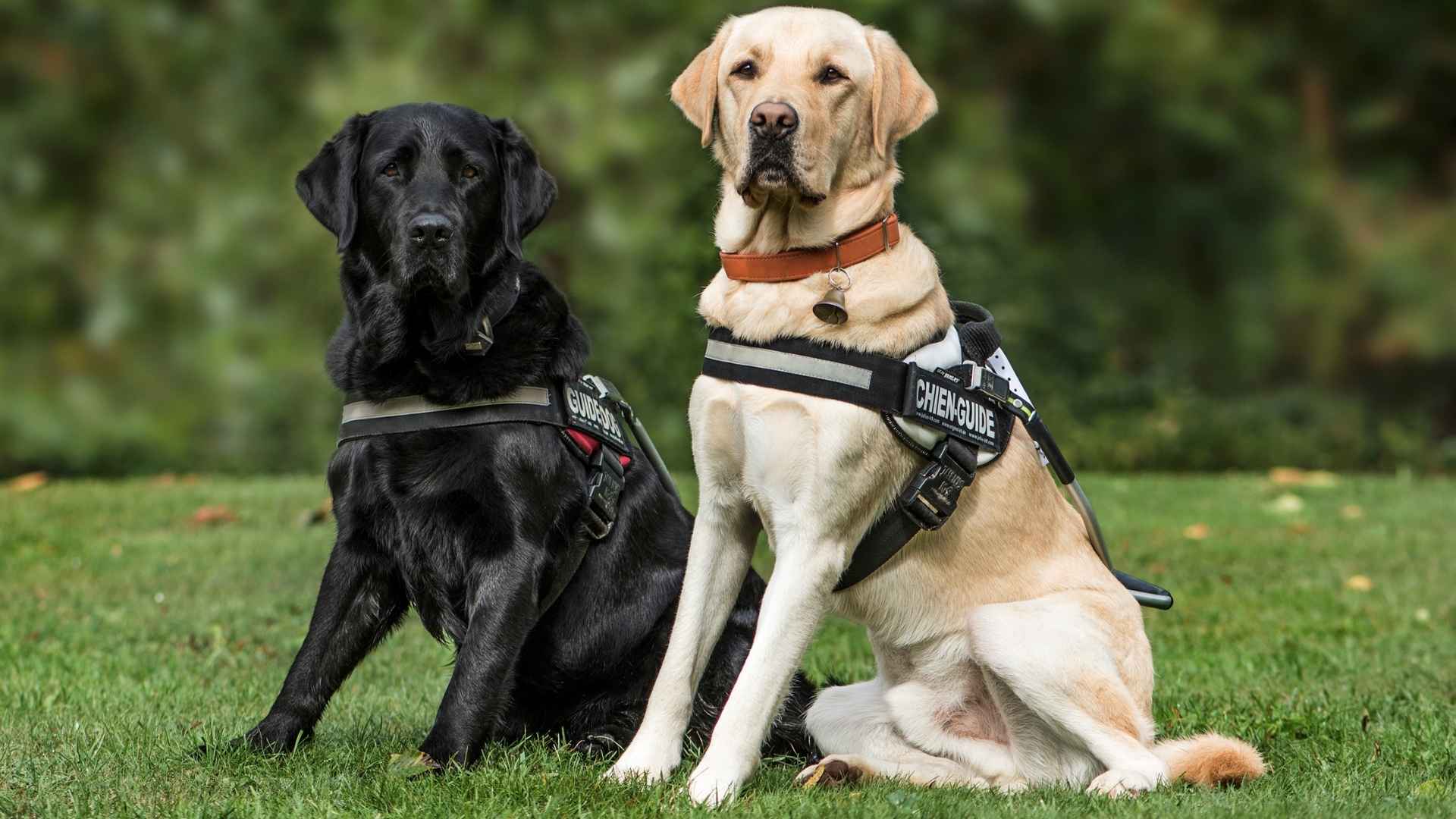Not every dog is suited to be a service dog—it takes more than affection and good behavior. Service dogs are specially trained to assist individuals with specific disabilities, offering essential support beyond companionship.
According to the Americans with Disabilities Act (ADA), these popular service dog breeds are not considered pets but working animals trained to perform specific tasks for people with physical, sensory, psychiatric, or other disabilities.
Good service dogs receive greater legal protections than therapy animals, but they must also meet more rigorous qualification and training standards. While service dogs have more rights than therapy or emotional support animals, they must meet higher standards for training and behavior.
If you’re considering a service dog, it’s crucial to understand the traits that make a dog suitable for the role, the extensive training involved, potential costs, and any limitations. These dogs aren’t just loyal—they’re life-changing partners.
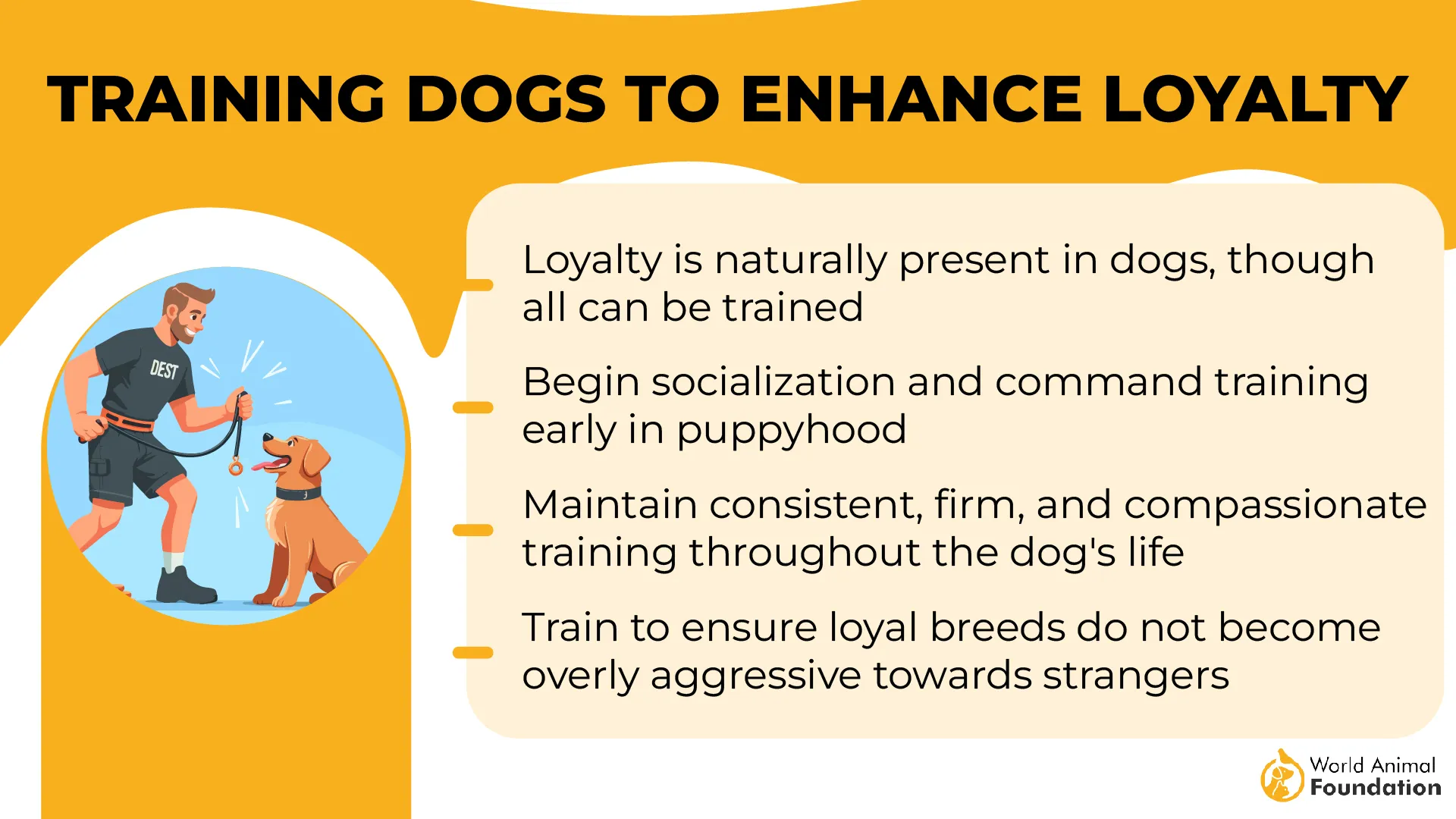
Let’s meet these incredible breeds that go far beyond being lovable companions—they’re dedicated partners in care. Ready to discover the heroes of the dog world? Let’s dive in!
Service Dog Breeds
1. Bernese Mountain Dog
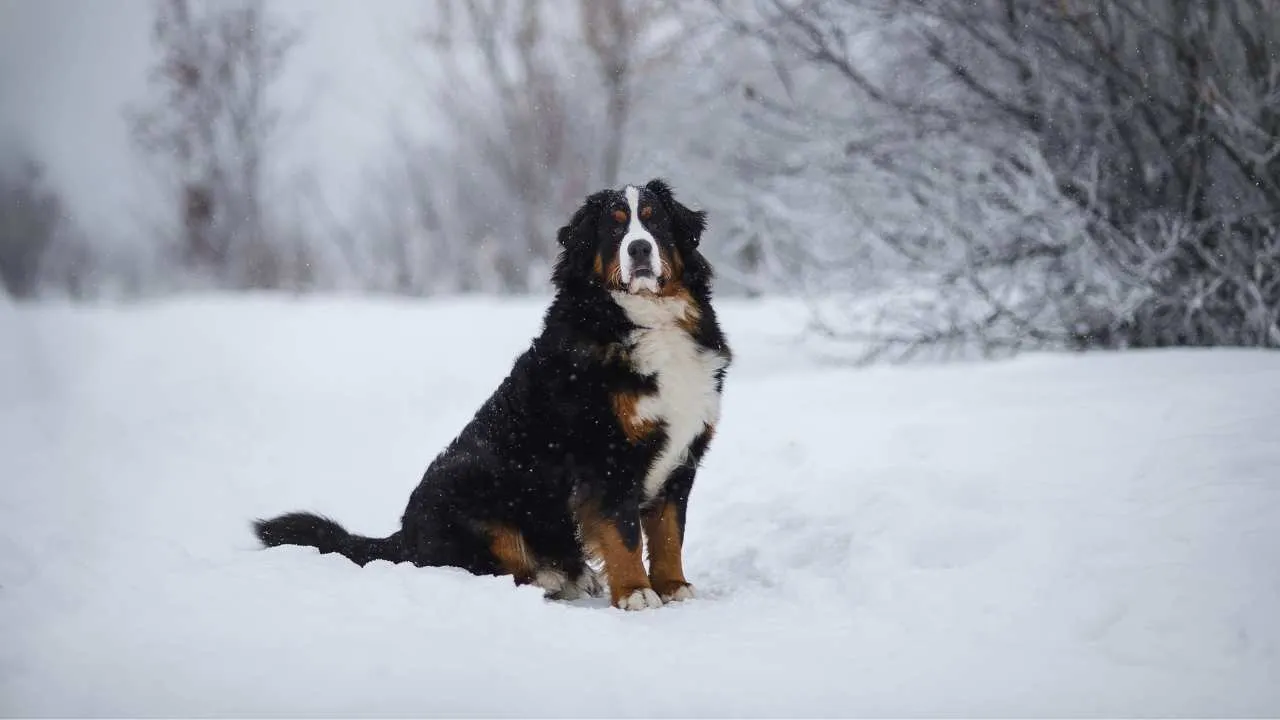
Imagine a fluffy bear that listens to your commands. That’s the Bernese Mountain Dog in a nutshell. The excellent service dogs stand between 23 and 27.5 inches tall and weigh between 70 and 115 pounds.
The Bernese Mountain Dog’s large size provides support for mobility and balance, and their gentle temperament makes them one of the top choices for service dog work.
Bernese Mountain Dogs are calm and eager to please, making them excellent companions for individuals of all ages. These dogs are not only incredibly trainable, but they also have an instinct to help out, like that one friend who always offers to carry your groceries (but way cuter and furrier).
Why do they shine as service dogs
Highly responsive to training (they’ll learn faster than your Wi-Fi loads).
Ideal for mobility assistance, retrieving objects, or providing emotional support.
Calm, affectionate, and dignified—like the canine version of your favorite grandparent.
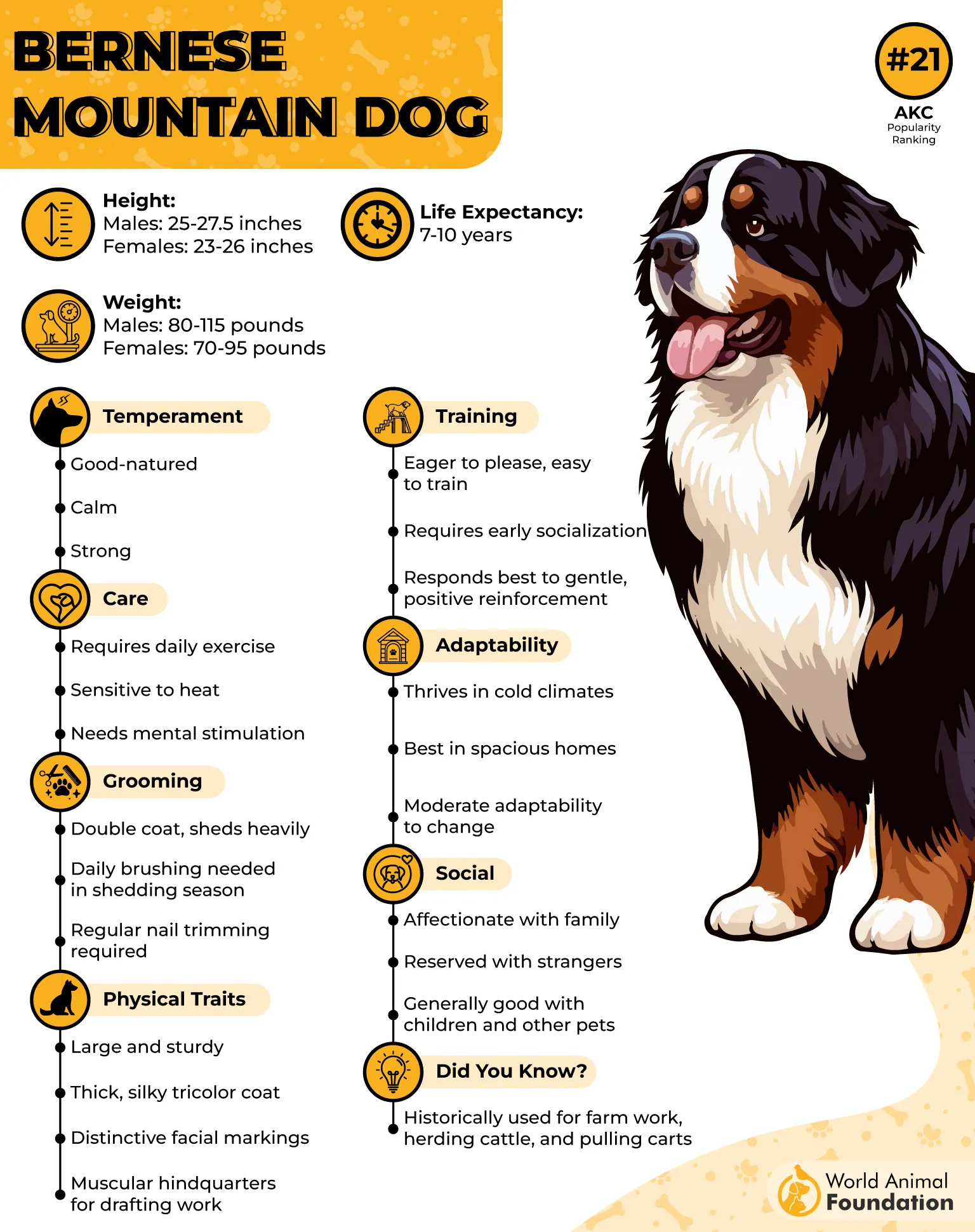
But paws up…
Berners are prone to hip dysplasia, a condition where their hip joints don’t sit quite right, kind of like wearing Crocs two sizes too small. This can lead to limping and muscle weakness over time. So if you’re considering this majestic mountain of fluff, be prepared for regular vet checkups and possibly some gentle physical therapy.
Proper socialization with dogs, cats, and people during puppyhood helps Bernese Mountain Dogs become more adaptable and less prone to anxiety as adults. However, many Berners don’t like being left alone and may develop separation anxiety.
Fun fact
Despite their size, Berners think they’re lapdogs. Just try watching a 100-pound dog attempt to sit in your lap and tell me you didn’t just feel your soul hug itself.
2. Collie
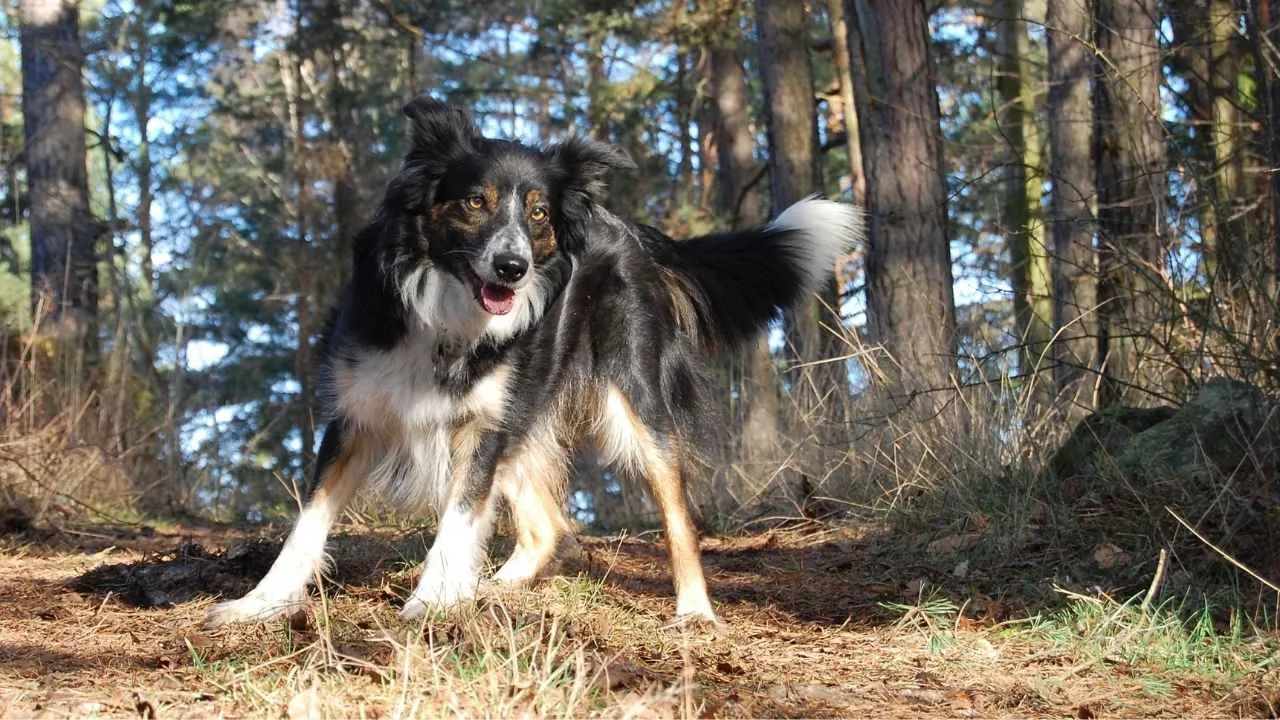
Ah, the Collie. Elegant, intelligent, and always five steps ahead of everyone in the room—including you.
The Collie is a medium to large-sized breed, typically weighing between 50 and 75 pounds and standing around two feet tall at the shoulder. As part of the herding group, Collies are quick, athletic, and highly trainable, and they especially enjoy being around people, particularly children.
These dogs aren’t just great at herding sheep; they’re also fantastic at detecting seizures. These psychiatric service dogs remind you where you left your phone (okay, maybe not that last one… but we wouldn’t be surprised).
These great service dogs excel in activities like agility classes, obedience training, herding, and even working as therapy dogs.
Why they’re top-tier service stars
Exceptionally intuitive—great for epilepsy alert and PTSD response.
Naturally gentle with children, making them ideal for family settings.
Their calm, sunny disposition is enough to brighten even your Monday morning mood.
As per PetMD, Collies have high energy levels and need at least an hour of outdoor exercise each day to remain mentally and physically healthy.
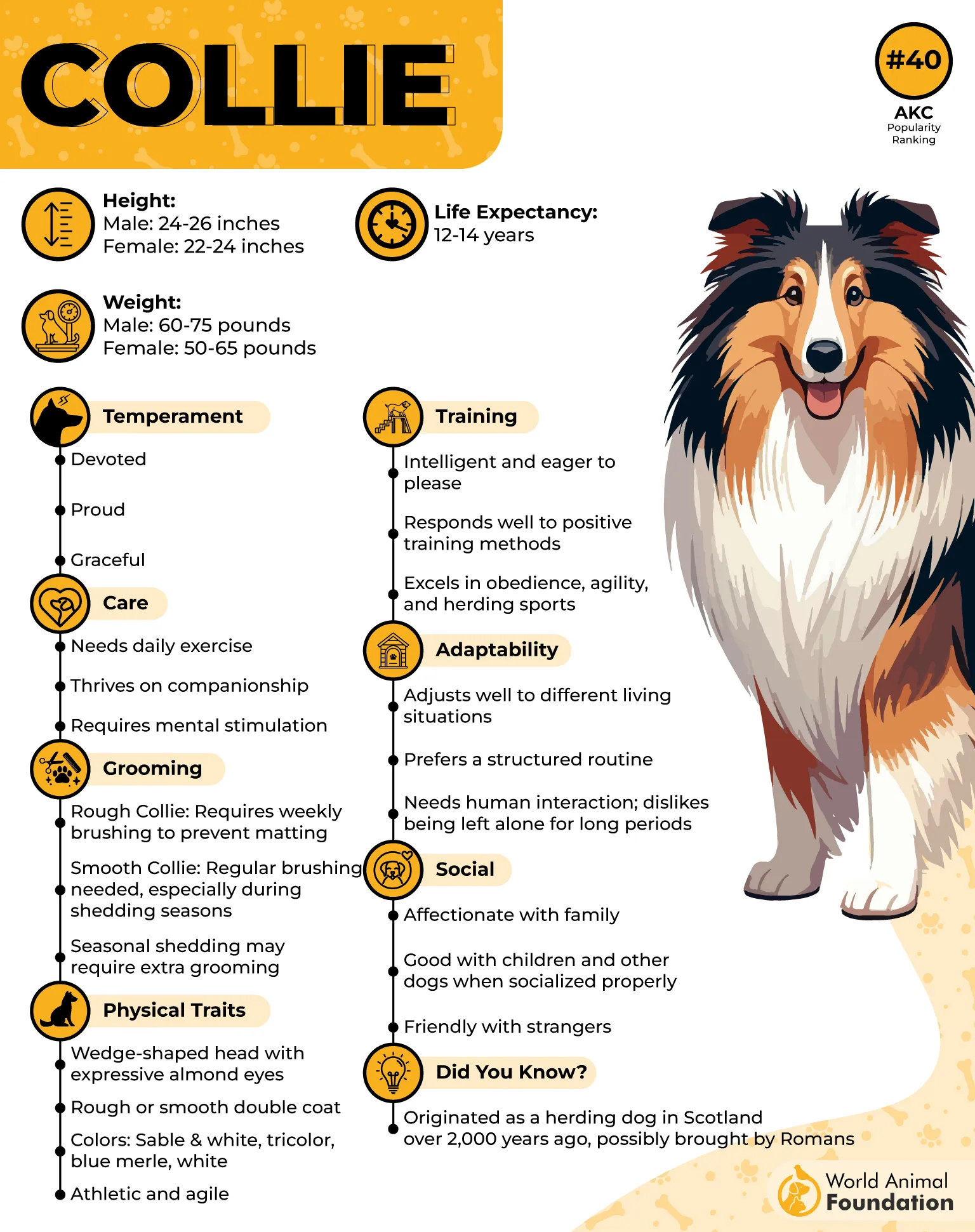
A little heads-up, though
Rough-coated Collies come with a double coat that demands regular grooming. So if brushing isn’t your idea of bonding time, a smooth-coated Collie might be the way to go. Or maybe invest in a good vacuum and embrace the fluff. (Collie owners call it texture enhancement for your furniture.)
Fun fact
Collies are so in tune with human emotion that they’ll probably notice your bad day before you do—and then try to fix it with head tilts and soulful stares.
3. Golden Retriever

Let’s be honest—if service dogs had a yearbook, the Golden Retriever would be “Most Likely to Brighten Your Entire Life.” These tail-wagging overachievers are intelligent, obedient, and genuinely love to help.
Originally bred to retrieve ducks (and still baffled why they aren’t allowed to do it in your living room), Goldens have a deep-rooted desire to please—and they do it with a smile that could melt a glacier.
This is a popular breed kept as a pet and one of the most common service dog breeds registered in many Western countries. It may also participate in dog shows, obedience trials, or serve as a guide dog.
Why do they shine brighter than their golden coats
Super smart and easily trainable—they pick up commands like a pro.
Natural retrievers (obviously) and love helping with mobility tasks.
Gentle giants of empathy—perfect for emotional support and therapy work.
They’re furry multitools. Need the door opened? Something fetched? Emotional meltdown defused with a snuggle? Golden’s got it. All while looking like they just stepped out of a shampoo commercial.
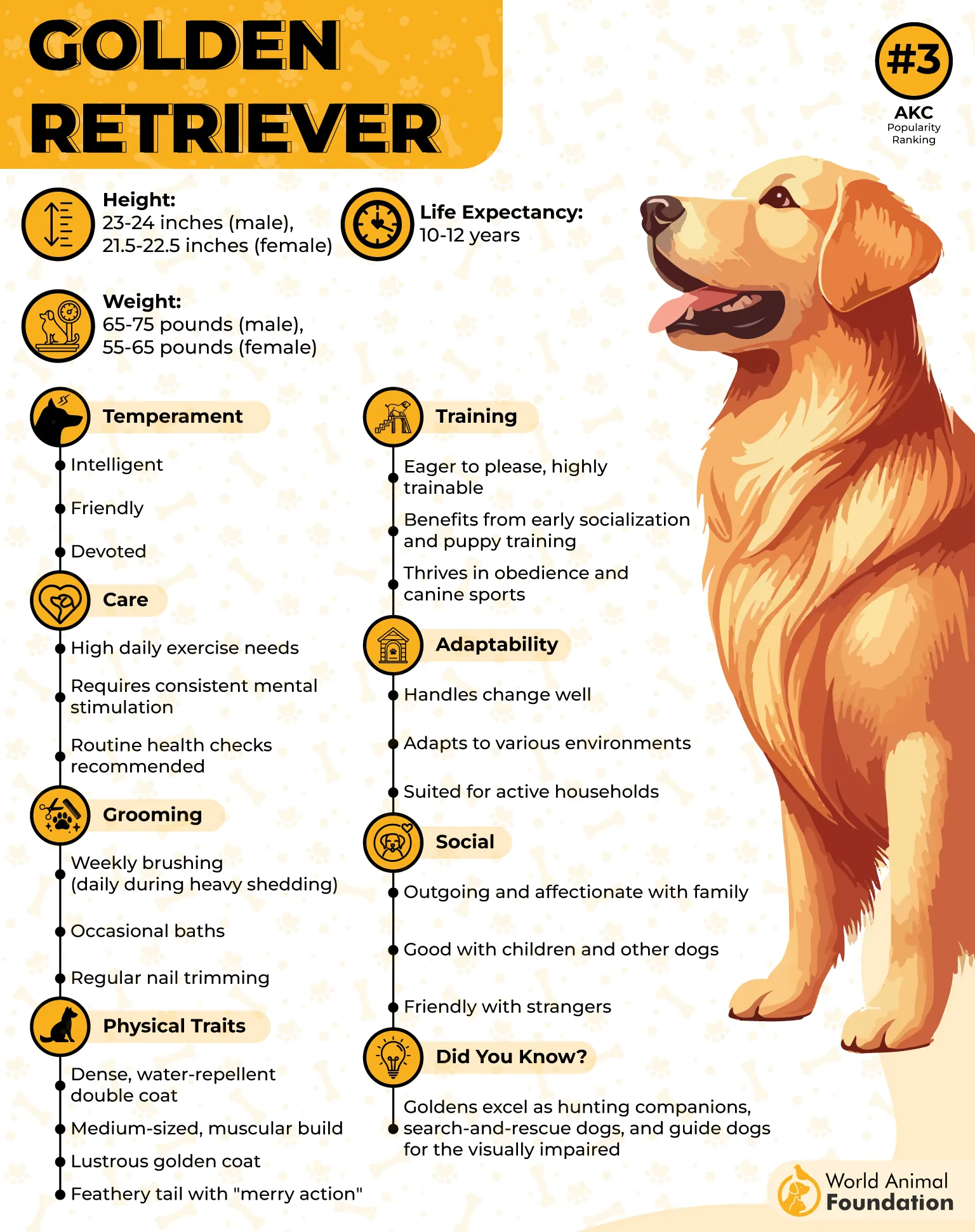
Goldens are typically calm and obedient, making it easy to train and eager to please its owner. It’s known for being an excellent family pet—highly tolerant of children and enthusiastic about joining family members in various activities.
The flip side
They’re highly sensitive, which is great when you’re sad but not so much when you’re stressed—they might mirror your anxiety instead of diffusing it. Also, while they’ll happily alert you if the toaster burns your bagel, they’re not going to chase off intruders. Their version of protection is likely tail wags and hopeful eye contact.
Fun fact
Golden Retrievers are so eager to please, they’d probably help a burglar load the van—as long as you seemed okay with it.
4. Great Dane
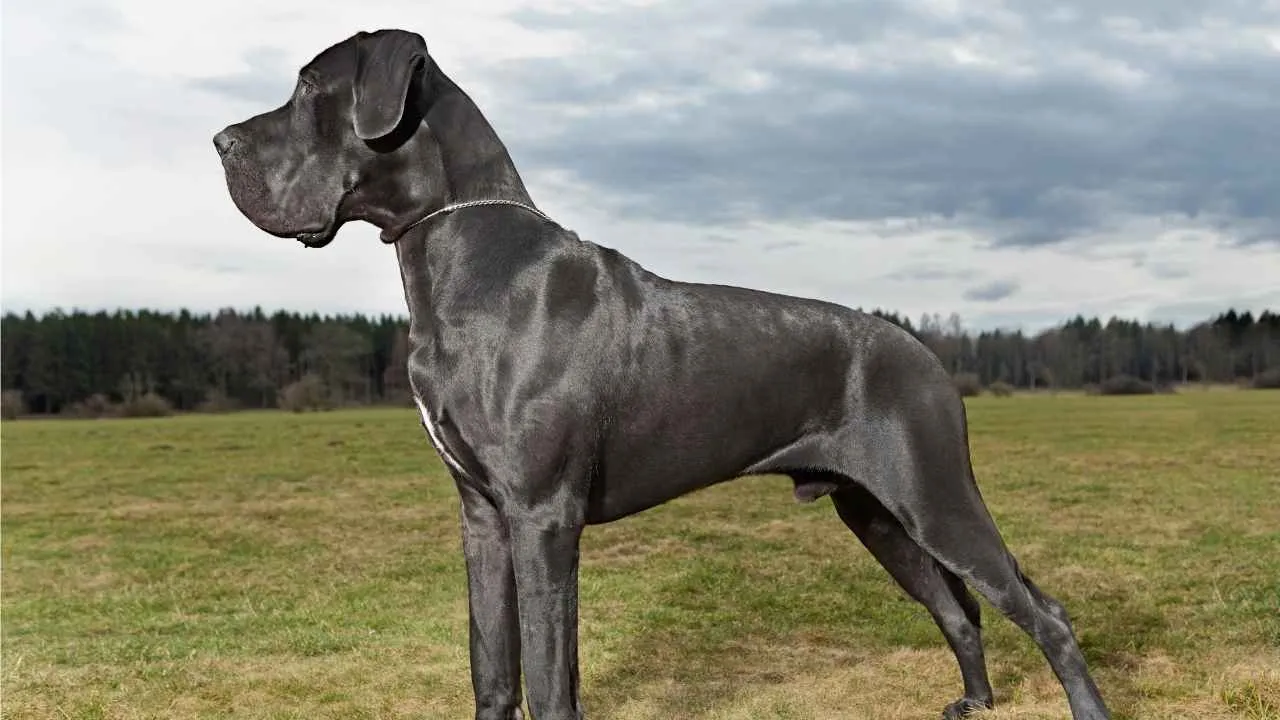
Enter the Great Dane—a dog so large you could probably rent them out as a minimalist couch. Despite their gargantuan size, these dogs are known for their affectionate, sweet-as-syrup temperaments. They’re the true gentle giants of the dog world.
Great Danes are known for their loyalty and sociable nature, forming strong bonds with their human family members. According to the American Kennel Club (AKC), despite their gentle temperament, Great Danes are vigilant and make attentive home guardians.
Why they’re a big deal (literally and figuratively)
Fantastic for service dog tasks such as mobility support due to their height and strength.
Calm and patient—like a Zen master with paws.
Surprisingly graceful (when they’re not knocking over coffee tables with their tails).
If you need a sturdy, slow-and-steady kind of companion who can help stabilize you, carry items, or just offer quiet support, the Great Dane is your dog. They may not be ideal for mental disabilities tasks, but for physical disabilities, they’re top-tier.
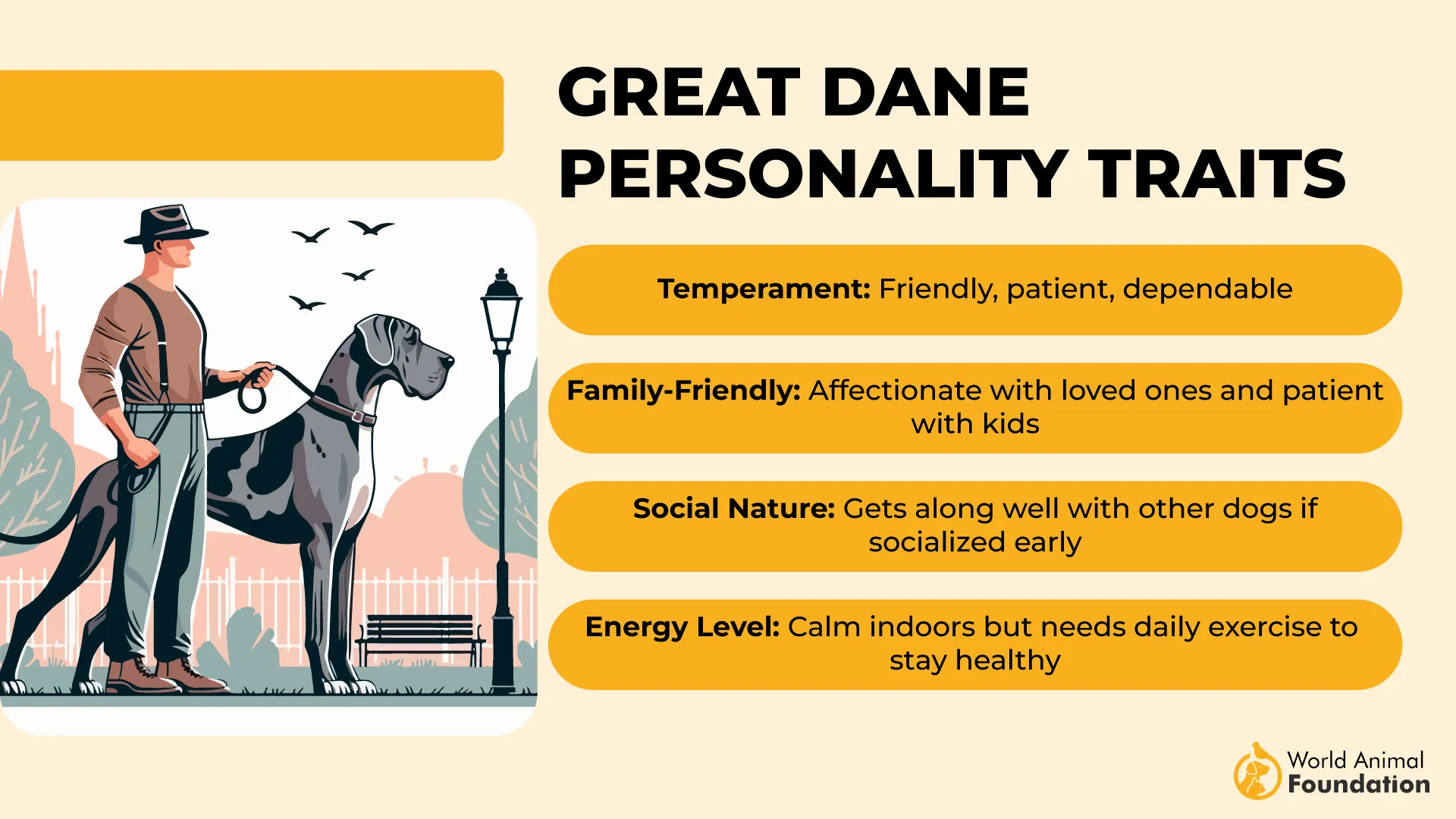
Despite their large size, they tend to be low-energy indoors, enjoying lounging and staying close to their owners. This makes them a great choice for apartment dwellers seeking a large but relaxed companion. However, regular exercise remains important for their overall health and well-being.
A little heads up
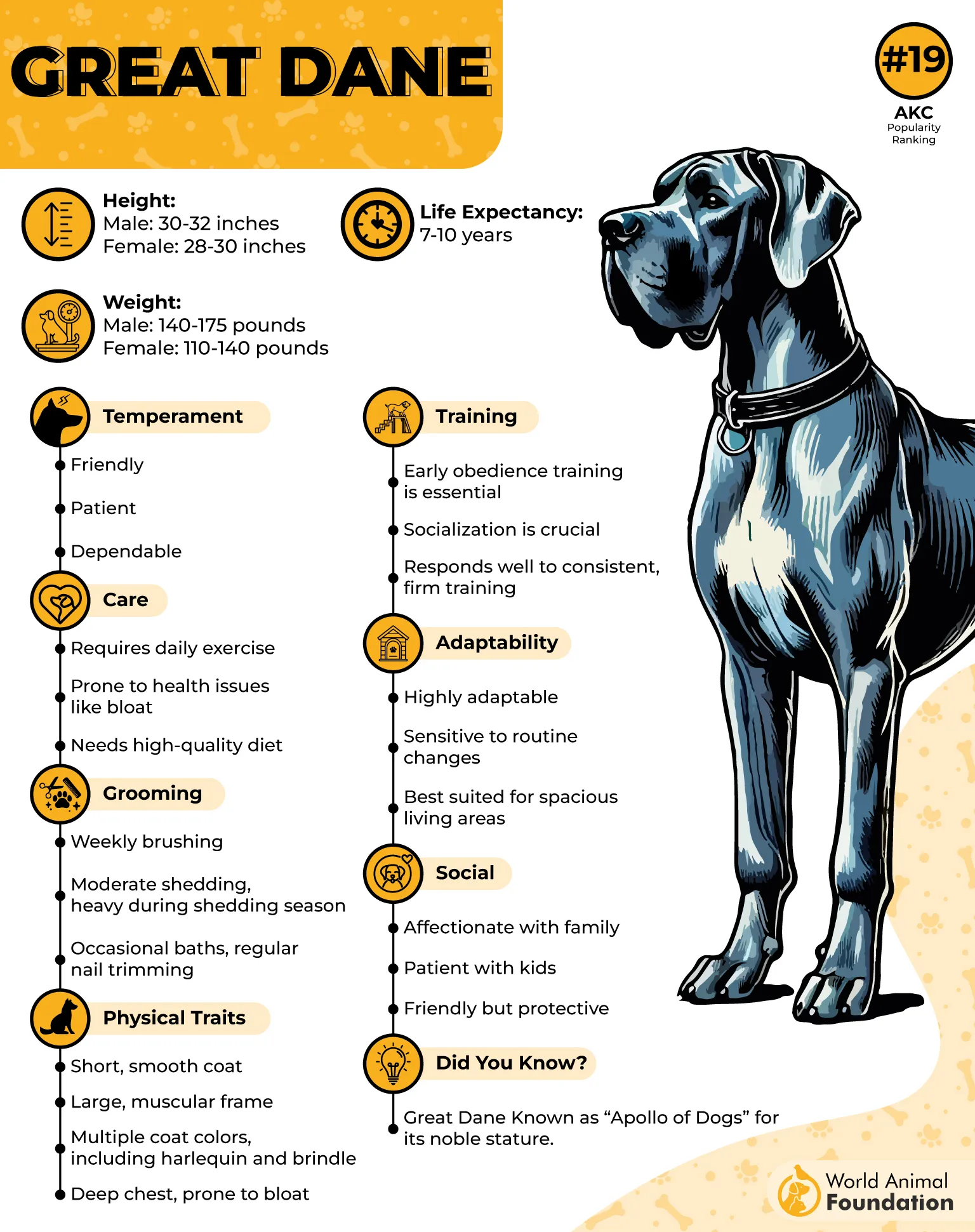
Great Danes do have short lifespans, sadly, and their size means higher costs for food, vet care, and furniture replacements (because yes, they will try to sit on everything). They’re also not built for agility—think lumbering knight rather than speedy sidekick.
Fun fact
A Great Dane may be big enough to rest their head on your dinner table, but it’s usually polite enough to wait until you’re done eating. Usually.
5. Labrador Retriever
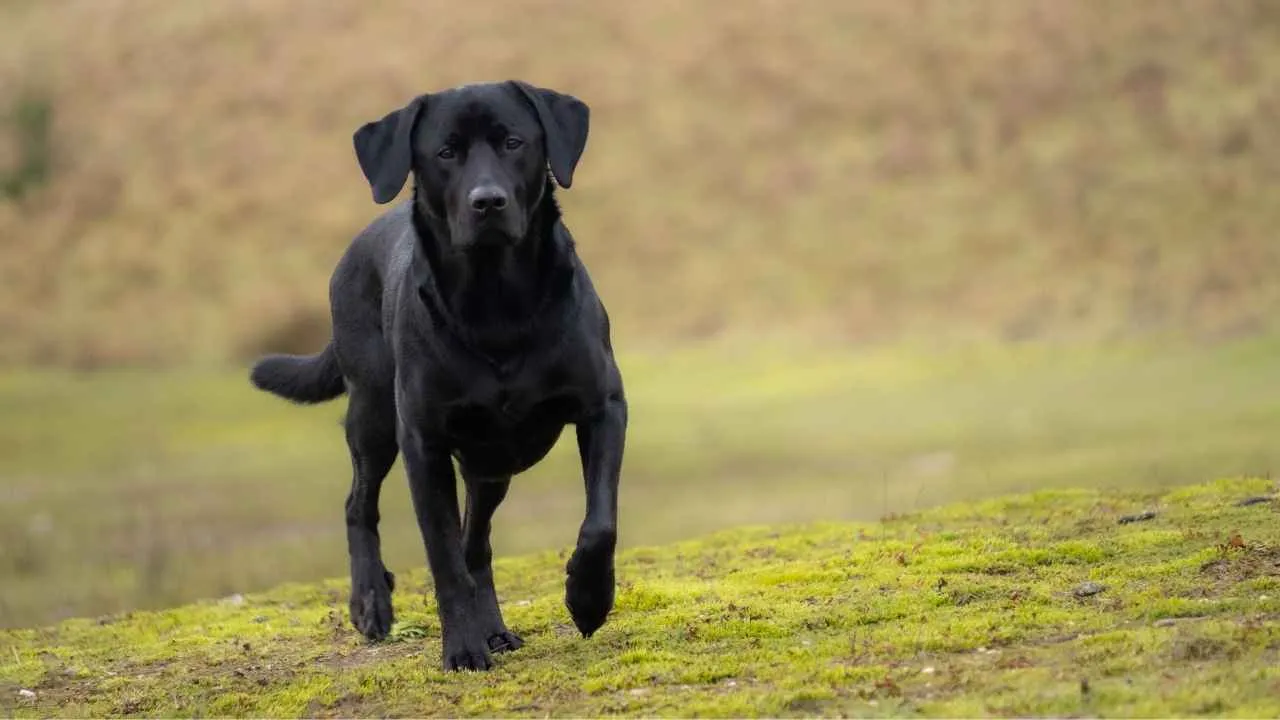
If dog breeds were jobs, the Labrador Retriever would be the CEO, therapist, field medic, and motivational speaker—all rolled into one happy, tail-thumping package.
The Labrador Retriever is one of the most popular assistance dog breeds worldwide, known for its extremely friendly and outgoing personality. They are medium to large-sized dogs, typically weighing 55-80 pounds.
These purebred dogs are arguably the gold standard when it comes to service work. They’re calm, smart, and have the kind of focus most humans can only dream of. Whether guiding someone through a crowded street or detecting a medical emergency before it happens, Labs do it all—and somehow still find time to charm everyone they meet.
Why they’re everyone’s favorite coworker
Often trained as guide dogs for the visually impaired.
Capable of medical alerts—from blood sugar drops to oncoming seizures.
Fantastic emotional support companions for those with PTSD, anxiety, or depression.
Smells like no other—perfect for search and rescue or sniffing out lost socks.
Labradors are enthusiastic eaters, as in, “I just swallowed a tennis ball,” enthusiastic. Keep an eye on their diet unless you want your service dog turning into a service potato.
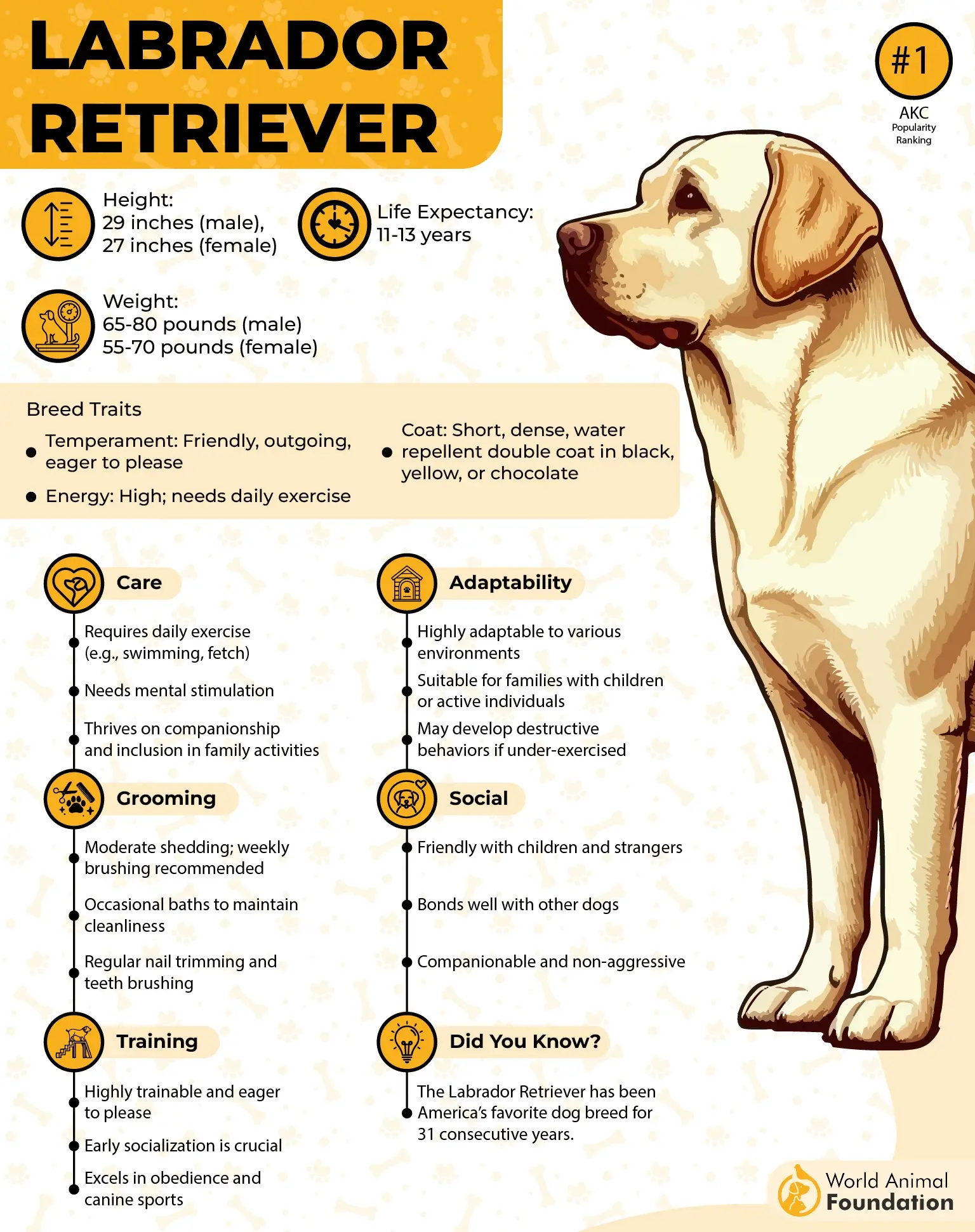
PetPlan notes Labs are highly intelligent, eager to please, and easy to train, making them excellent family pets. Labrador Retrievers are also known for their gentle nature, making them great companions for children and other pets.
The energy levels of these working dogs are high, requiring regular exercise, and they enjoy activities like swimming, running, and fetching.
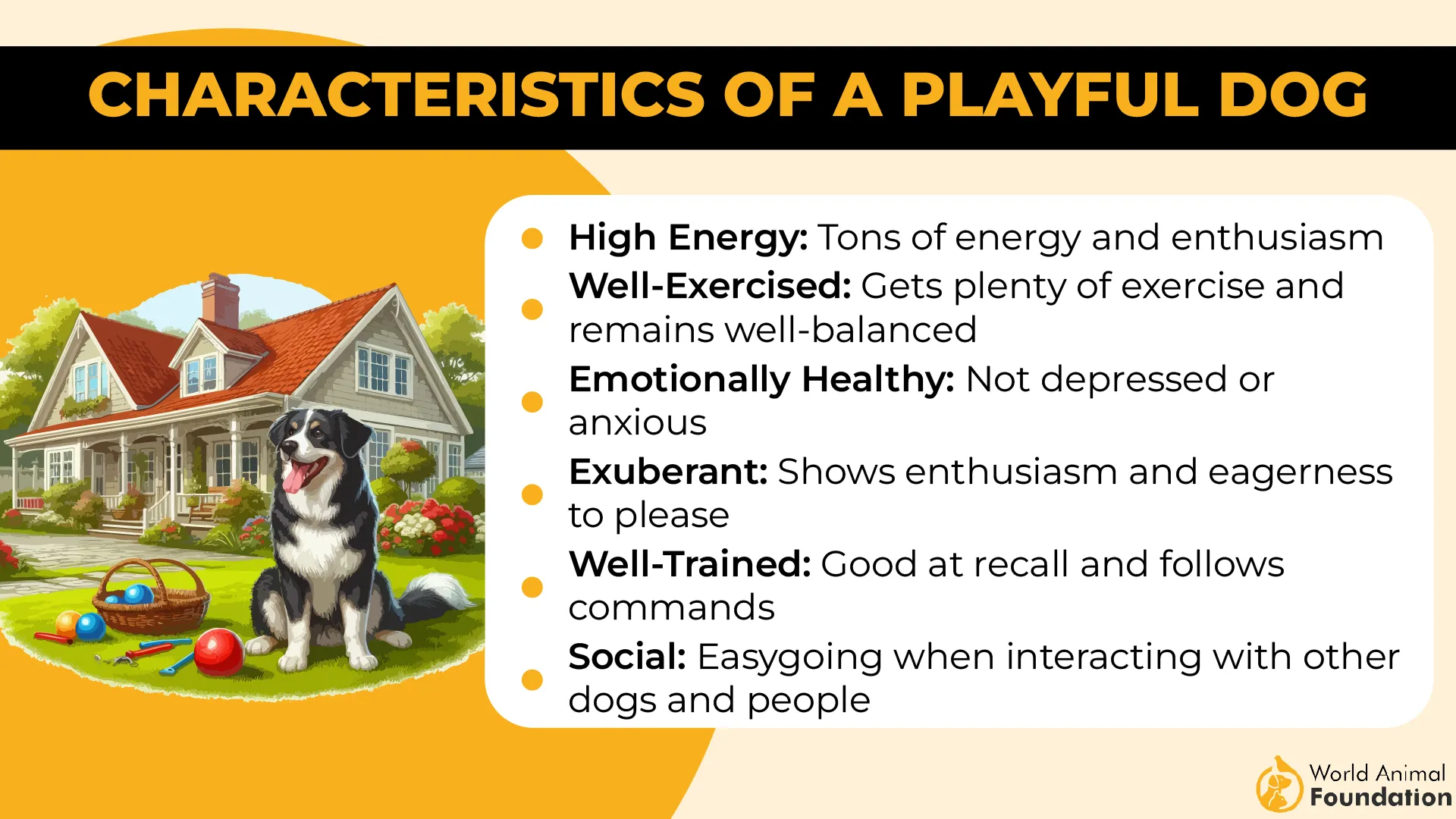
Fun fact
Labs were bred to retrieve fishing nets and ducks. Today, they mostly retrieve compliments and your missing slippers.
6. Pomeranian
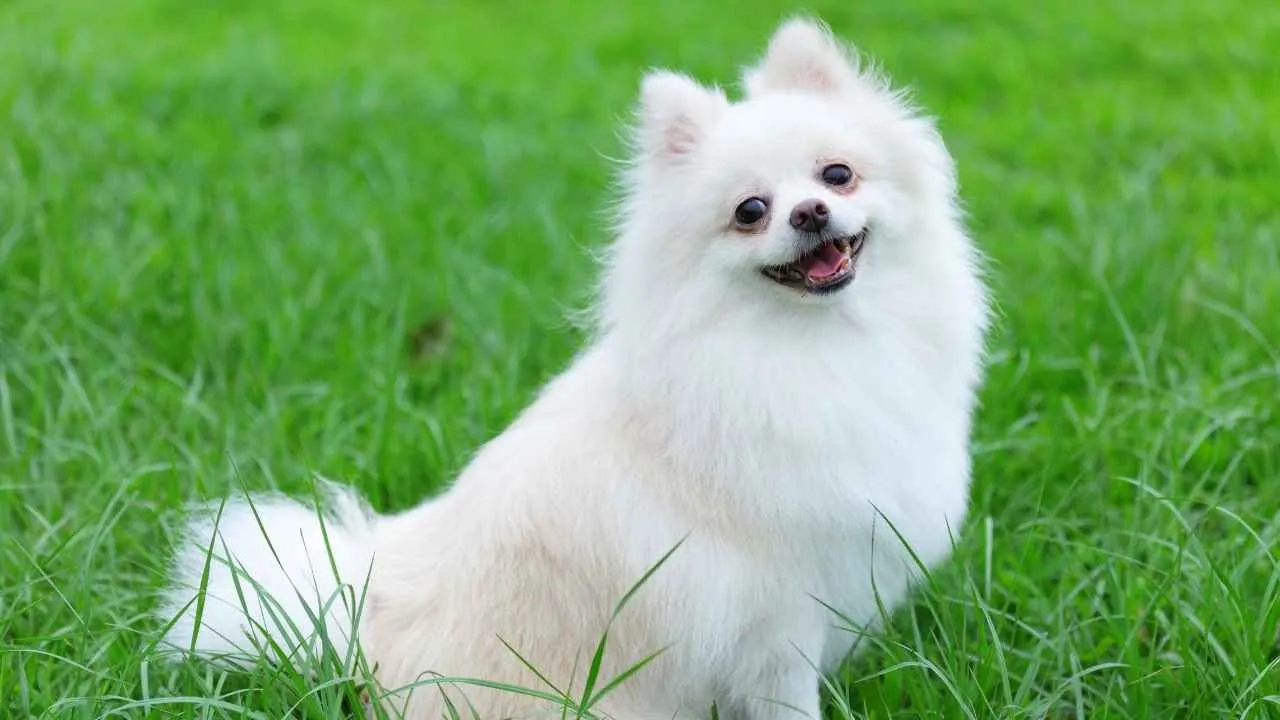
Who says service dogs need to be massive? The Pomeranian proves that pint-sized pups can pack a punch when it comes to emotional support, therapy work, and sheer personality.
Weighing between 3 to 7 pounds, these small dogs are known for their thick double coat, which often gives them a fox-like appearance. Despite their small size, they are bold, curious, and have a big-dog attitude, often displaying a lot of energy and playfulness.
These lap dogs are clever, intuitive, and shockingly trainable. Sure, they won’t pull a wheelchair or open a heavy door, but if you need a portable emotional lifeline that fits in your tote bag, the Pom’s your pal.
What they excel at
Therapy dogs for hospitals, senior homes, and anyone in need of a smile.
Ideal for emotional support, especially for individuals dealing with anxiety or stress.
Easy to train and hyper-aware of your mood (bonus: they’ll probably match your drama level, too).
Their size means they’re perfect for people who can’t handle a larger dog, and their loyalty runs deep. Just don’t be surprised if they believe they can take on a Great Dane. Poms have no concept of size… or fear.

Pomeranians are intelligent and relatively easy to train, though they can be a bit stubborn at times. These friendly dogs make excellent companions, especially for those who have the time to groom them regularly and provide plenty of attention and play.
Things to consider
This smaller breed can be vocal. Like, alert-the-entire-building vocal. But hey, nothing wrong with a service dog who moonlights as a security alarm, right?
Fun fact
Queen Victoria had a Pom. We can only assume it helped her emotionally recover from all those uncomfortable corsets.
7. Border Collie
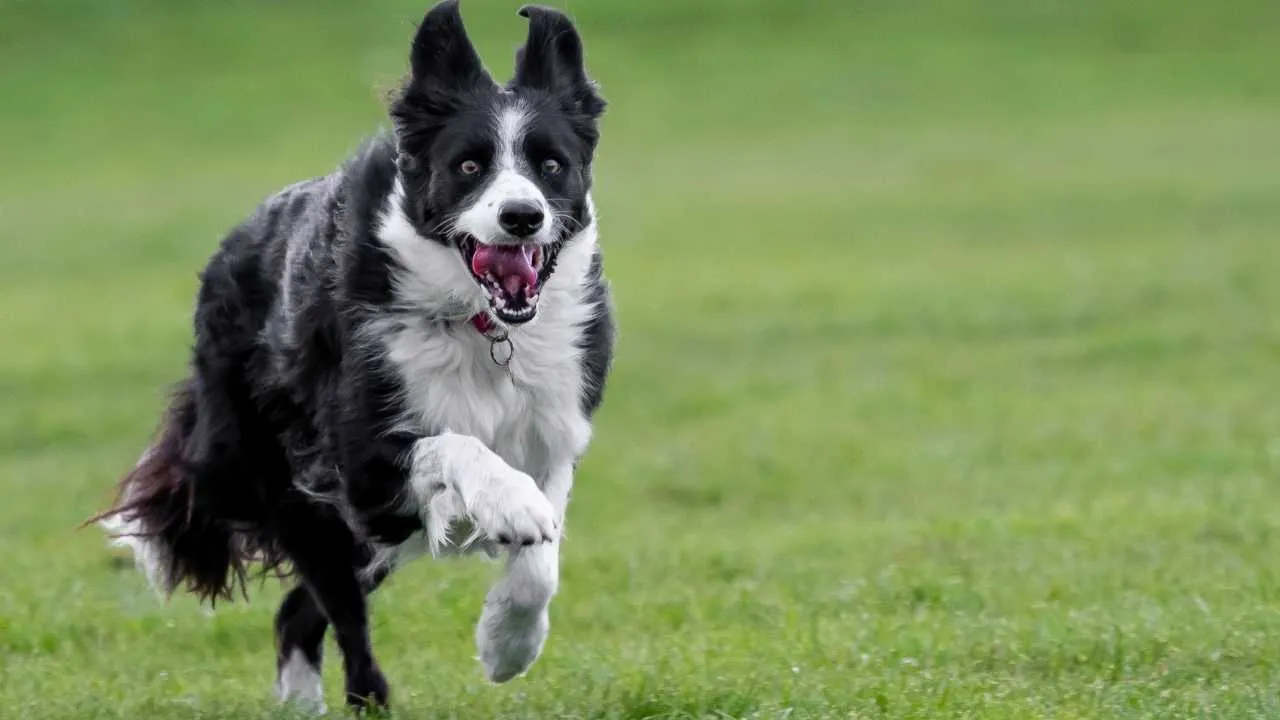
If Labradors are the jacks-of-all-trades, Border Collies are the smartest dog breed of the dog world. These dogs are insanely intelligent, fiercely loyal, and happiest when they have a job to do. You can almost hear them thinking, “So what’s the plan, boss?”
Originally bred for herding, Border Collies excel in activities that require quick thinking and physical endurance, such as agility, obedience, and sheepdog trials.
These excellent service dogs are known for their strong work ethic and are incredibly trainable, making them excellent companions for active families or individuals, particularly those looking for a dog to participate in sports or outdoor activities.
Whether it’s guiding, alerting, fetching, or just being the world’s best coworker, Border Collies thrive on tasks. If they’re not working, they will invent jobs—like herding your children or alphabetizing your socks.
What makes them elite
Highly trainable with a near-photographic memory for commands.
Excellent at reading human body language, making them great for psychiatric or autism support.
Love having a purpose—perfect for task-specific service work.
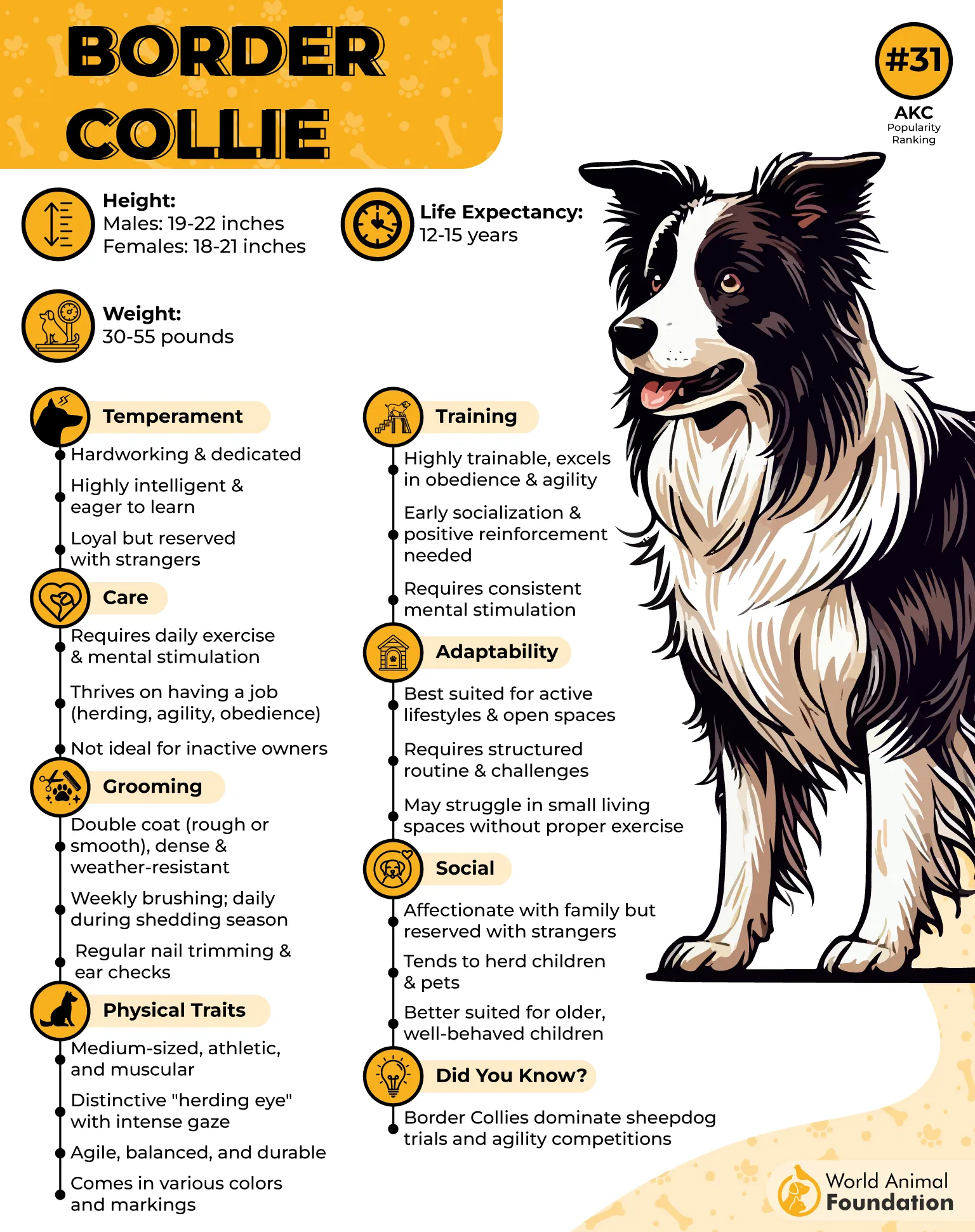
They’re affectionate, agile, and astonishingly fast learners. Just be ready to keep up—they run on rocket fuel. They are also highly responsive to commands and tend to bond closely with their owners.
Due to their high energy and intelligence, they need plenty of mental stimulation and physical exercise to stay happy. Without proper outlets, they can become bored and engage in undesirable behaviors. A bored Collie will not rest until it’s opened every cupboard in your house… or redecorated it with chew marks.
Fun fact
One Border Collie named “Chaser” learned over 1,000 words. That’s more than most toddlers—and probably more than your last date.
Conclusion
Not all dogs are suited for service work, but certain breeds, such as the German Shepherd dog, Cavalier King Charles Spaniel, and American Staffordshire Terrier, excel at performing essential service tasks. These service animals are trained to support people with physical or mental disabilities, whether it’s guiding the visually impaired, alerting to medical issues, or providing emotional support.
Many breeds like the Cocker Spaniel, a cheerful breed, and Labrador Retrievers are commonly trained as hearing dogs, psychiatric service dogs, or medical alert dogs to perform complex tasks due to their intelligence, gentle demeanor, and ability to remain calm and focused in any situation.
While mixed breeds can also serve in these roles, specific breeds are often purposely bred for their strong work ethic and capacity to perform physical tasks and service tasks. Whether providing life-saving assistance or helping individuals lead more independent lives, these breeds are well-trained, reliable, and invaluable companions.


